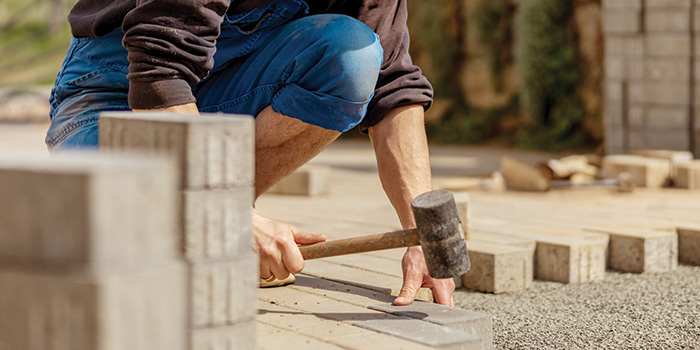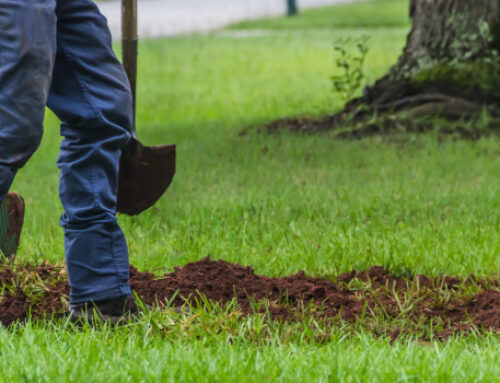Whether you’re a first-time home buyer or a seasoned player in the game, knowing what a good foundation looks like, and how to maintain it, is an essential tool to a long-lasting home.
While it’s always in your best interest to hire a trustworthy professional to inspect the foundation before buying a home, or in instances where you are concerned about your current homes state, the following tips will help homeowners identify whether or not a professional should be contacted.
What to look for in a foundation.
Looking for a new home can be an exciting time. When touring homes you’re interested in, always make sure to check on the foundation of the house. Buying a home with a good foundation is a great way to ensure security and enjoyment of the home for years to come.
- Look for cracks inside and outside the home’s walls.
Most shoppers are already aware to look for cracks on the interior and exterior of the home, but for first time, excited buyers this check point might be forgotten in favor of other exciting home amenities. Always be vigilant of cracks lining the interior or exterior of perspective homes.
- Check for bowing or warped floors.
If floors in a home are bowing, warped, or uneven it might be caused by underlying foundation issues. This can be seen most commonly among older homes and fixing it might be more than just replacing the carpet or wood. Check on the home’s drainage and structure, as the biggest causes for warped floors in regard to foundation is moisture or poor structure of the home itself.
- Watch out for sticking or misaligned doors.
Doors that stick or are misaligned with the frame usually points to differential settlement (foundation unevenly settling into the ground). This type of settlement in a home can have long-term affects if not fixed. If you are looking at a perspective home, this might be reason to pass this property up. However, if you are seeing this within your own home, consider calling in a professional to help assess next steps.
- Is the drainage adequate?
Proper drainage can determine the longevity of a building. While looking at houses check the exterior to see if there are any drainage issues. If a property is holding water around the foundation, chances are the home will experience significant water damage in the long-term.
How to maintain the foundation.
Once you have a home with a solid foundation, it’s time to maintain it!
- Install proper/upgraded drainage.
If you purchase or already own a home with less than adequate drainage, the solution might be simpler than you think! Installing fixtures such as gutter systems (metal pipes that sit just on the edge of your roof) can go a long way in protecting your house from water damage.
If your property is experiencing drainage problems after installing gutter systems, calling in the professionals to look at more extensive solutions like French drains or basement drains, or even the grading of your property, might be your next course of action.
- Waterproof your foundation.
Alongside proper drainage comes waterproofing your home. Keeping your foundation dry is imperative if you want your home to last a long time. The first on the list to be waterproofed should be your exterior, this will prevent any more water from getting in. Next, if you have crawl spaces or a basement, make sure they are free of water and excess moisture.
Taking care of any water issues on the property will put your home in the right direction for long time use. Then utilizing products like Drylok or Flex Seal in crawl spaces and basements, or on certain exterior walls, will further lock out water from your home.
- Be vigilant of any interior or exterior cracks.
When homes settle this can cause shifts in doorways or other areas of the house. When things like this happen, it’s important to be aware of any cracking on the inside and outside of the home. If you see cracks, especially new ones, and are concerned about your foundation, the best course of action is to call in a professional to inspect the home for foundation issues.
Maintaining a home can be a tricky task but making sure you have a solid foundation can keep it running beautifully for years to come.
If you think work needs to be done on your foundation that will disrupt the exterior of your home, remember to always submit your request first to your HOA’s Architectural Control/Review Committee. For more information on submitting an ACC/ACR request, check out our article The Homeowner’s Guide to Architectural Review Requests.







